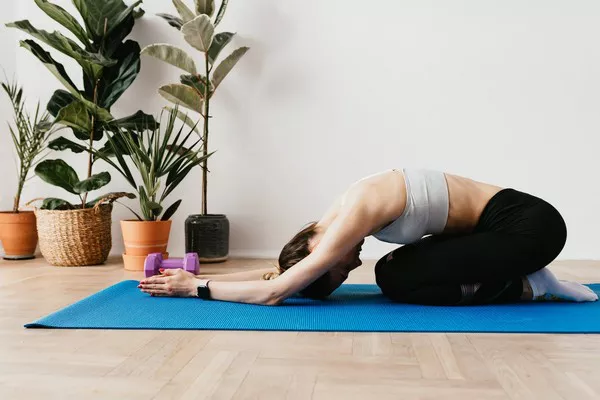Hot yoga, a practice that combines the benefits of traditional yoga with the added intensity of a heated environment, has gained significant popularity in recent years. While hot yoga offers numerous advantages, beginners may wonder if it is suitable for their level of experience. In this article, we will explore the world of hot yoga and delve into its benefits, considerations, and tips for beginners to help them make an informed decision about incorporating hot yoga into their fitness routine.
Understanding Hot Yoga
Hot yoga typically takes place in a room heated to around 95-105 degrees Fahrenheit (35-40 degrees Celsius) with high humidity. The increased temperature and humidity intensify the practice, promoting flexibility, detoxification, and cardiovascular health. Hot yoga classes often follow a specific sequence, such as the popular Bikram Yoga, which consists of 26 postures performed in a set order. However, there are other variations of hot yoga that incorporate different sequences and postures.
Benefits of Hot Yoga for Beginners
Hot yoga offers a range of benefits, particularly for beginners who are looking to improve their overall well-being. Here are some advantages that make hot yoga a compelling choice:
Increased Flexibility:
The heat in hot yoga studios helps warm up the muscles and connective tissues, making them more pliable and easier to stretch. This can be especially beneficial for beginners who may have tight muscles or limited flexibility.
Detoxification:
Sweating profusely during hot yoga sessions aids in flushing toxins from the body through the skin. This process can leave practitioners feeling refreshed and rejuvenated.
Enhanced Cardiovascular Workout:
The combination of dynamic movements and the heat challenge the cardiovascular system, improving heart health and circulation. Hot yoga can provide a moderate-intensity aerobic workout that boosts endurance over time.
Stress Relief:
Like traditional yoga, hot yoga incorporates breath control and mindfulness techniques that help calm the mind, reduce stress, and promote mental well-being.
Muscle Strength and Tone:
Hot yoga poses often require sustained muscular engagement, which can lead to improved strength and muscle tone, particularly in the core, legs, and arms.
Improved Balance and Stability:
The focus on balance poses in hot yoga classes can enhance proprioception, coordination, and stability over time.
Mental Focus and Discipline:
The challenging nature of hot yoga cultivates mental resilience, focus, and discipline. Regular practice can extend these qualities beyond the yoga studio into daily life.
Considerations for Beginners
While hot yoga offers numerous benefits, beginners should be mindful of a few considerations before diving into their first hot yoga class:
Hydration:
It is essential to hydrate adequately before, during, and after hot yoga sessions. The combination of heat and physical exertion leads to increased sweating and fluid loss, so it’s crucial to drink plenty of water to stay hydrated.
Physical Condition:
Beginners with certain medical conditions or injuries should consult with a healthcare professional before starting hot yoga. The intensity and heat of the practice may not be suitable for everyone, and modifications or alternative exercises might be necessary.
Pacing and Rest:
Beginners should listen to their bodies and respect their limits. It’s important to take breaks when needed and opt for modified versions of poses if necessary. Pushing too hard too soon can lead to injury or exhaustion.
Breathing and Awareness:
Hot yoga requires focused breathing and body awareness to maintain control and prevent overheating or dizziness. Beginners should pay close attention to their breath and sensations within their bodies during the practice.
Gradual Progression:
Starting with shorter hot yoga classes or attending beginner-friendly sessions can help newcomers acclimate to the heat and intensity gradually. Building a strong foundation and gradually increasing practice time can minimize the risk of burnout or injury.
Tips for Beginners
If you’re a beginner considering hot yoga, here are some helpful tips to ensure a positive experience:
Choose the Right Studio:
Research different hot yoga studios in your area and read reviews to find a reputable studio with experienced instructors who prioritize safety and provide guidance for beginners.
Arrive Early:
Arriving early allows you to acclimate to the heat, set up your mat, and familiarize yourself with the studio environment before the class begins.
Dress Appropriately:
Wear lightweight, breathable clothing that allows sweat to evaporate and keeps you comfortable in the heated room. Avoid heavy fabrics or excessive layers that could impede movement or increase discomfort.
Bring Essential Items:
Carry a towel, preferably one designed for hot yoga, to help absorb sweat and prevent slippage on your mat. Additionally, bring a water bottle to stay hydrated throughout the session.
Listen to Your Body:
Pay attention to your body’s signals during the practice.
Related topics:


